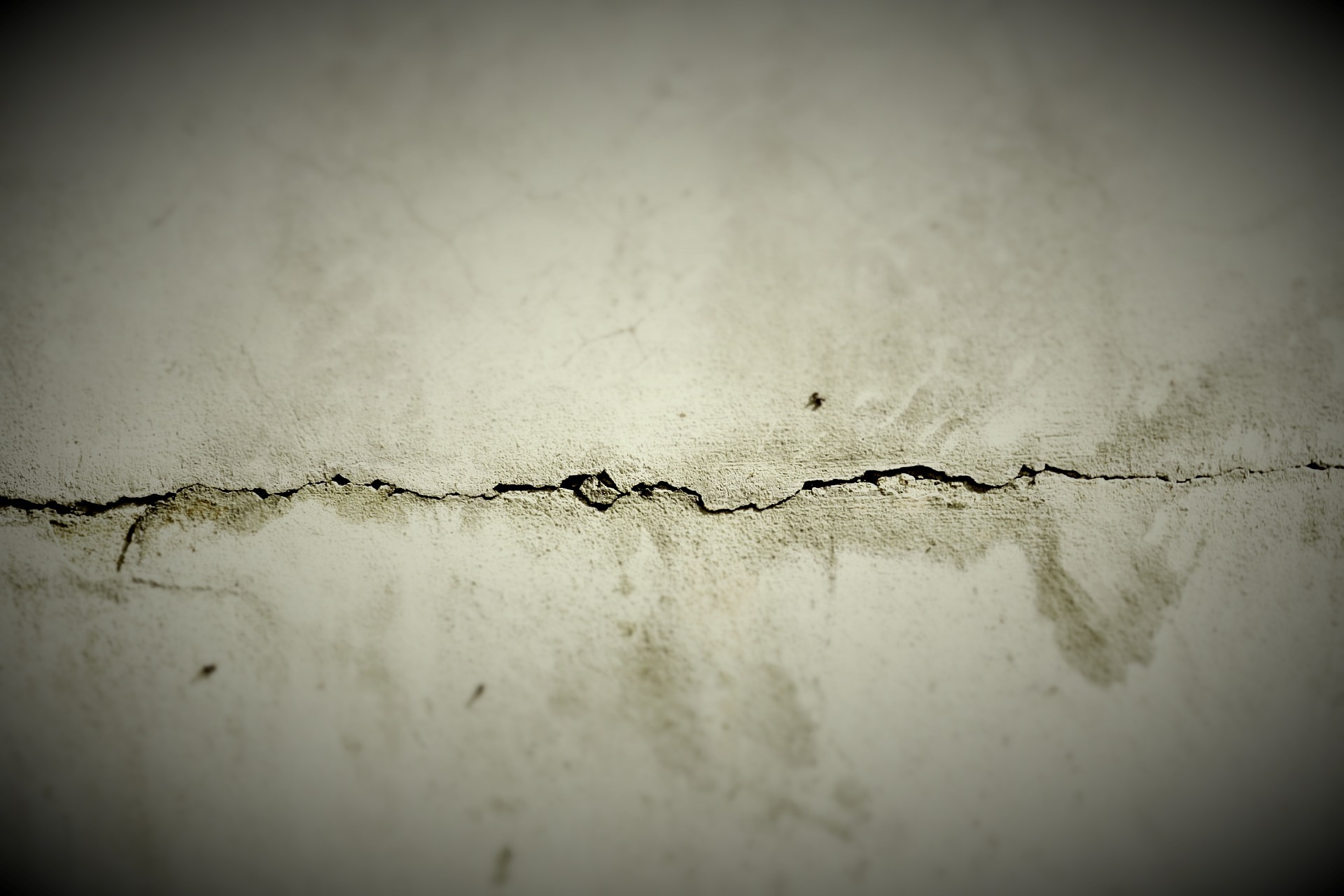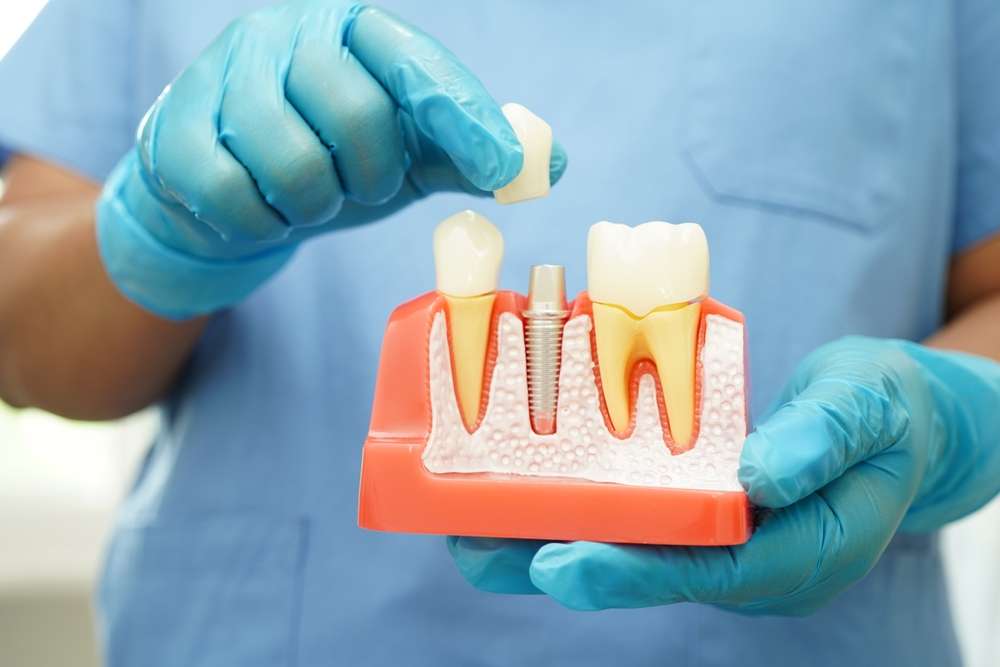Demystifying Eye Bags: Causes, Treatments, and Prevention
The area around our eyes is one of the first spots to reveal our age and physical condition. Eye bags, or the puffy, saggy skin under the eyes, are a common concern for many people. They can be a constant companion due to genetics or develop over time due to aging and lifestyle factors. Despite their prevalence, eye bags are often misunderstood. This article aims to demystify eye bags, delve into their causes, treatments, and prevention, and shed light on the historical and contemporary perspectives surrounding them.

Historical and Cultural Perception of Eye Bags
Historically, clear and bright eyes were seen as a sign of good health and vitality in many cultures. The presence of eye bags was often linked to fatigue, poor health, or advanced age. In ancient Egypt, for example, elaborate eye makeup was used not only for aesthetic purposes but also to shield the wearer’s eyes from the desert sun and wind, which could cause eye bags and wrinkles.
This perspective has largely carried over into contemporary times. However, alongside this traditional view, a shift can be noted in some cultures, particularly in South Korea, where “aegyo sal” (literally “cute skin”)—a puffiness or fatty deposits under the eyes—is considered attractive and youthful. This trend challenges the universally accepted standard of beauty and shows how perceptions can vary across different cultures and societies.
The Science Behind Eye Bags
Eye bags are primarily caused by the weakening of the muscles and tissues surrounding your eyes. As you age, the skin loses elasticity, and the fat that ordinarily helps support the eyes can migrate downward into the lower eyelids, causing them to appear puffy.
While genetics play a significant role, other factors can exacerbate the appearance of eye bags. These include fluid retention due to high salt consumption, lack of sleep, allergies, and smoking. Furthermore, they can be a symptom of underlying health issues such as thyroid disease, kidney problems, or heart disease.
Modern Treatment Options for Eye Bags
Treatment for eye bags can range from simple home remedies to more advanced medical procedures. On the non-invasive end of the spectrum, lifestyle adjustments such as getting adequate sleep, reducing salt intake, and avoiding allergens can help reduce the appearance of eye bags. Topical creams and gels containing ingredients like retinol, hyaluronic acid, and vitamin C can also help by boosting collagen production and improving skin elasticity.
For more severe cases, medical treatments may be necessary. These include dermal fillers, which plump up the skin and reduce the visibility of the bags, and blepharoplasty, a surgical procedure that removes excess skin and fat around the eyes. The advent of non-surgical treatments such as radiofrequency and laser therapy has also revolutionized the treatment of eye bags, offering less invasive options with minimal recovery time.
Prevention Better than Cure: Eye Bag Prevention
While treating eye bags is possible, prevention is always a better strategy. Incorporating healthy habits such as maintaining a balanced diet, staying hydrated, getting enough sleep, and avoiding smoking can help keep eye bags at bay. Regular use of a quality eye cream with ingredients like caffeine (which reduces puffiness) and peptides (which boost collagen production) can also help maintain the skin’s elasticity and firmness.
Moreover, preventive measures should not be limited to physical habits alone. Screen time has significantly increased in the digital age, which can strain the eyes and contribute to eye bags. Regularly taking breaks from screens and practicing eye exercises can help mitigate this issue.
Understanding Eye Bags: A Necessary Endeavor
Eye bags, while often seen as a cosmetic issue, are more than just skin-deep. They can be indicative of our overall health and lifestyle choices. Understanding the causes and treatments of eye bags not only helps us combat this common aesthetic concern but also encourages us to adopt healthier habits. While societal perceptions about eye bags are changing, the focus should always be on what they reveal about our health and how we can take care of ourselves better. After all, the eyes are not just the window to the soul, but also a mirror reflecting our physical well-being.




